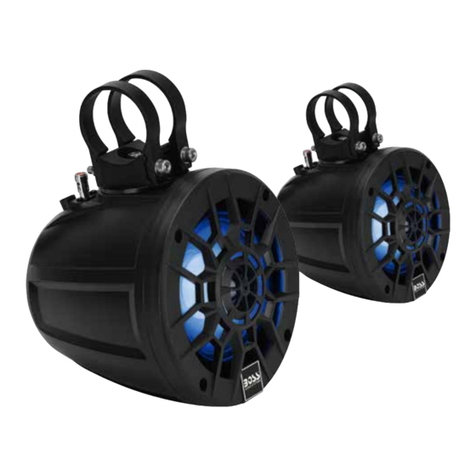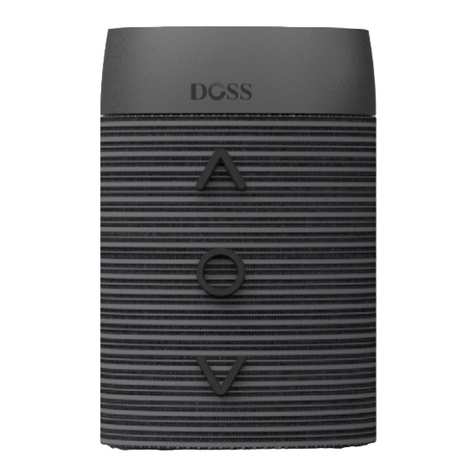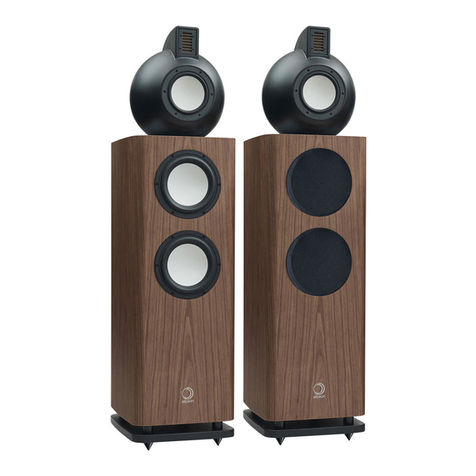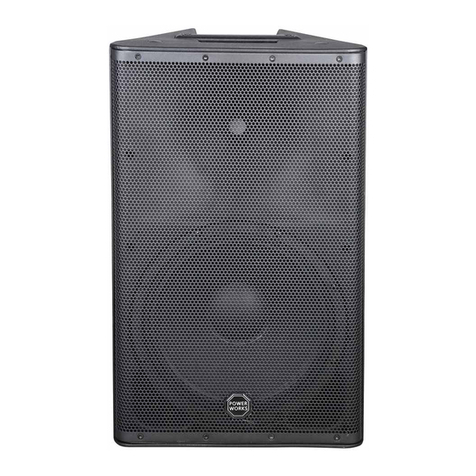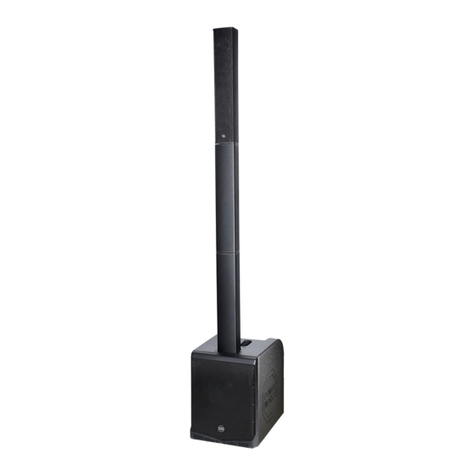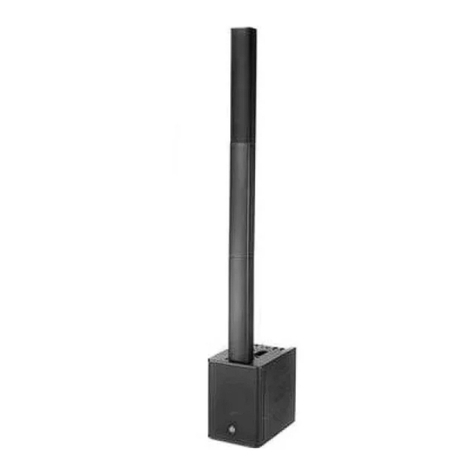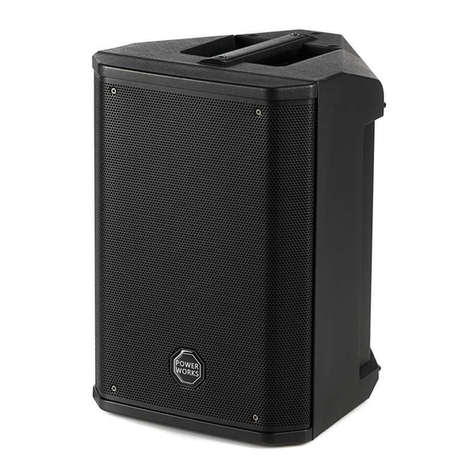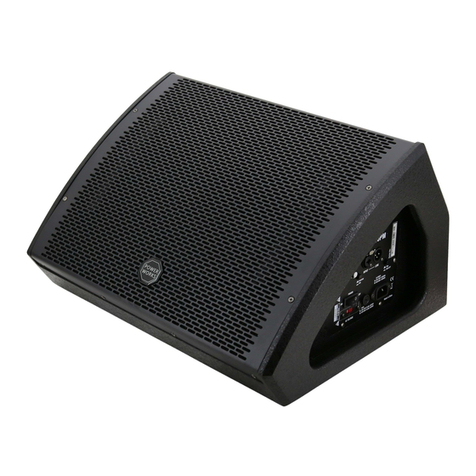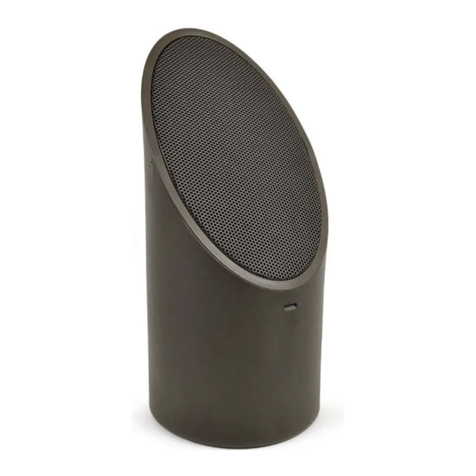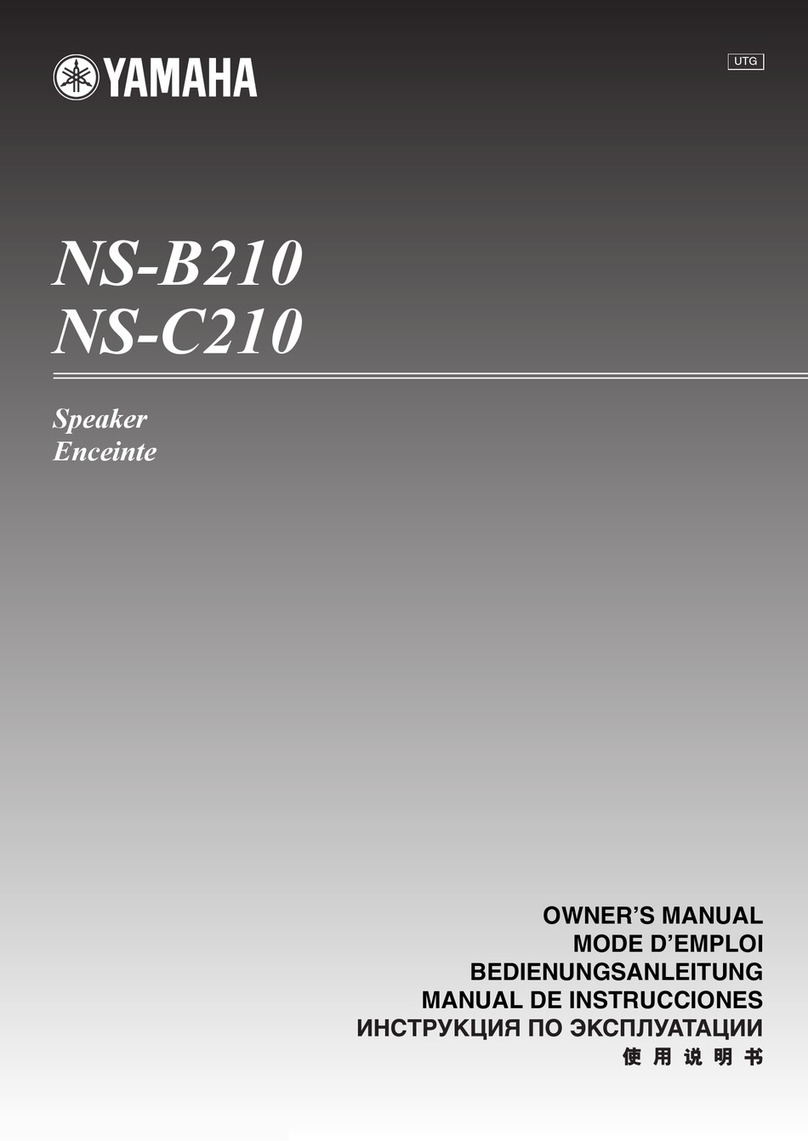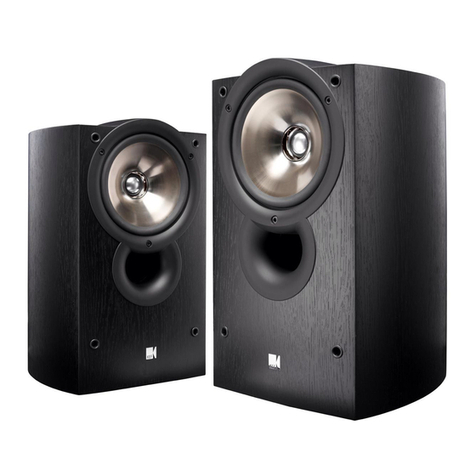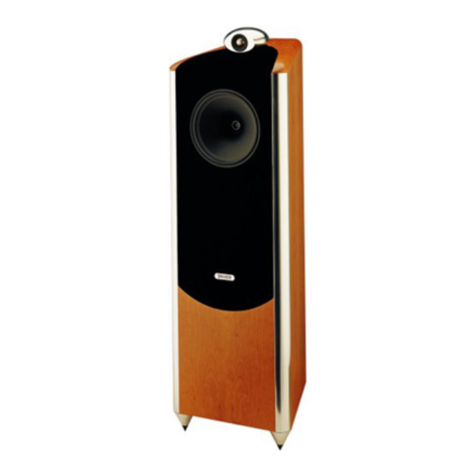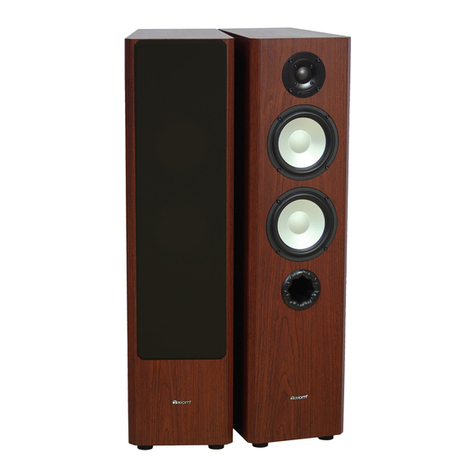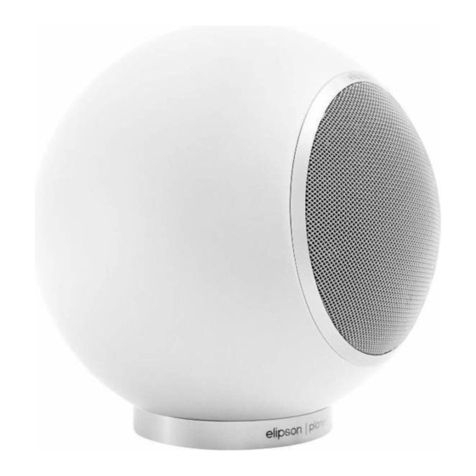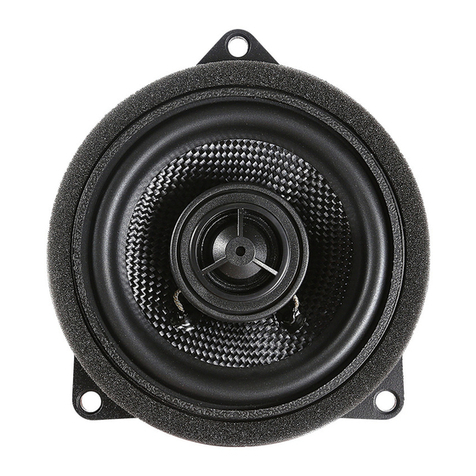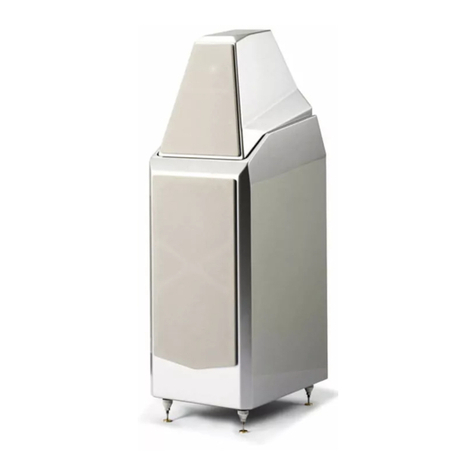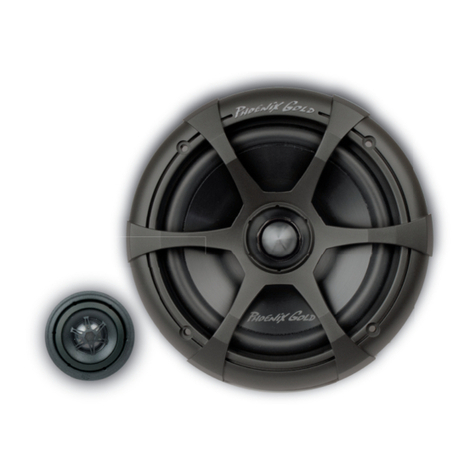
OVERVIEW: CONTROLS & FUNCTIONS BACK PANEL:
INPUT SECTION:
This is where you may plug in microphones, instruments, keyboards, drum machines and other audio devices, adjust the
volume, bass and treble.
1. MIC Inputs: These XLR inputs are designed for low-impedance microphones or equipment that has a mic-level,
balanced output (often called a Direct Out). Note: These inputs receive 15-volt phantom power. This is used to provide
power to condenser microphones. Phantom power will not damage any dynamic or non-condenser microphone.
2. LINE Inputs: These ¼-inch inputs may be used to connect high-impedance microphones or keyboards, drum
machines and other audio devices.
3. AUX IN: Use this stereo input to connect an external audio device such as an MP3, CD player or computer for
playback. Note: Right and Left channels are summed to mono on this input.
4. Volume: Use these controls to adjust the volume level of each channel and the relative balance between them.
5. Low: Determines the emphasis of bass frequencies. Turning this knob clockwise creates a deeper, warmer tone. If you
need a brighter sound, reduce the bass by turning counterclockwise.
6. High: Turned clockwise, this control accents treble frequencies to produce clearer, crisper sound. Turn
counterclockwise to make the sound softer and less bright.
7. Master Volume: Controls the overall volume of all channels and input on POWERLINK Note: Does not affect
POWERLINK Output level.
8. POWERLINK IN: This balanced XLR Jack accepts the POWERLINK output from another PW50 using a standard
mic cable. Channels from both PW50’s are summed together. Use the channel volume controls to get the mix of the 6
channels (If a channel is not used turn the volume all the way down). MASTER volume controls the loudness of the mix
through its PW50. It does not affect volume of linked PW50. Note: The shield connection (pin 1) on this jack is connected
to chassis ground. It is not lifted.
9. POWERLINK OUT: This balanced XLR Jack accepts the POWERLINK input from another PW50 using a standard
mic cable. Channels from both PW50’s are summed together. Use the channel volume controls to get the mix of the 6
channels (If a channel is not used turn the volume all the way down). MASTER volume controls the loudness of the mix
through its PW50. It does not affect volume of linked PW50. This jack may also be used to connect the PW50 to a power
amp with a balanced line input. Note: The shield connection (pin 1) on this jack does not connect to chassis ground. It is
lifted.
11. Power: This switch activates AC power to the powered PA.
10. Subwoofer Out: The PW50 subwoofer output jack sends a line level unbalanced low frequency signal crossed over at
12. AC Power Cord Receptacle: Insert the PW50’s AC cord firmly into the AC receptacle. Be sure to use the cable
provided with your PW50. The power cord can be removed for storage or replacement if damaged. Note: Replace the
AC cord if its protective jacket is damaged or ground pin is damaged or removed.
PW50 Control Panel
150Hz to a PW112S powered subwoofer. It will also work with any powered subwoofer that accepts a line level input. A
crossover that rolls off the frequencies below 150Hz through the PW50’s speakers is activated when using this jack with a
standard ¼” mono (tip/Sleeve) SHIELDED instrument cable. When Subwoofer jack is not used, this crossover is bypassed
and PW50 speakers are full range. Note: It is recommended to connect subwoofer using a standard ¼” mono (tip/sleeve)
SHIELDED instrument cable because the sleeve connection to ground activates crossover on PW50 speakers. When
possible, plug AC cable on PW50 and Subwoofer into same outlet or power strip. This will prevent possible ground loop
hum through the system.
